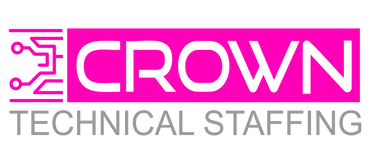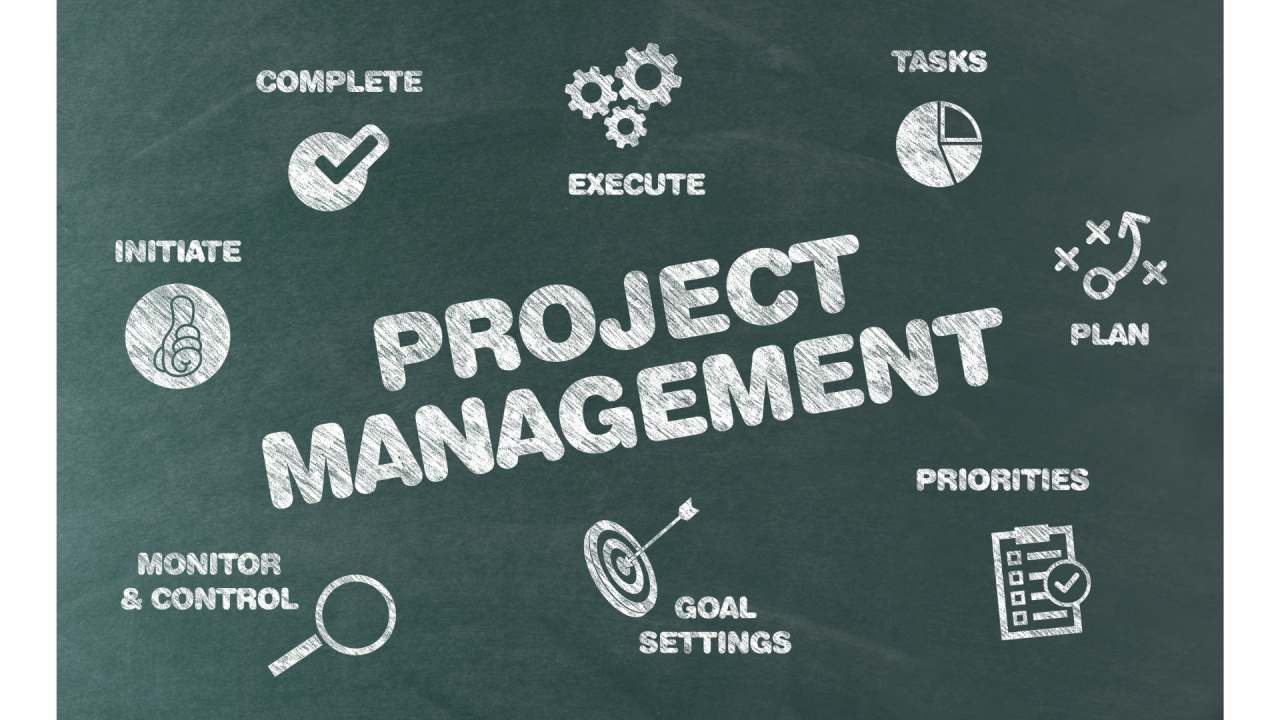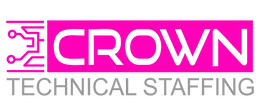In 2023, the demand for Project Managers in the U.S. manufacturing sector is on the rise. The U.S. Bureau of Labor Statistics reports 881,300 PMs employed in 2022, with a growth rate of 6% in 2023. For those overseeing a project’s entire lifecycle, it’s crucial to be well-informed to ensure success. When you work through manufacturing projects, you face some unique challenges, often with a lot at stake. You have to deliver your product at consistently high-quality standards, navigate end-to-end supply chains, and manage strict time-to-market deadlines driven by eager customers or seasonal demands.
Whether it be a first-time project where estimating how long each phase will take is somewhat unknown or a project where design, scope, cost, and time scales were fixed at the onset, a road map is needed. We’re going to look at some of the challenges specific to project teams working in the manufacturing industry and what can be done to improve the process.
1. Navigating Scope Creep
Scope creep, a frequent challenge in manufacturing, refers to the deviation from the initially agreed-upon project requirements. For instance, consider a scenario where unauthorized changes are made to a product’s initial design. Addressing such changes requires agility, clear communication, and sometimes, renegotiation of resources or timelines.
- Managers can prevent this by being proactive when mapping out projects. Using an agile PM methodology like Scrum will allow your team to focus on specific goals while continuously reviewing priorities and plans.
2. The Gray Area
A staggering 29% of project professionals identified an unclear vision as a primary cause of project failure. Utilizing methodologies like SMART (Specific, Measurable, Attainable, Relevant, Time-bound) and CLEAR (Collaborative, Limited, Emotional, Appreciable, Refinable) can guide teams toward a unified objective. Breaking projects into manageable tasks and assigning them based on expertise ensures a smoother journey toward completion.
3. Managing Expectations
Stakeholders have a vested interest in the project and, at times insert themselves into the project. This can be one of the hardest project management challenges to overcome, as stakeholder involvement might slow work down. Managing the stakeholders’ expectations can be done by figuring out who your stakeholders are, what they need to know, and when they need to know it. This way you can provide information to keep them from interrupting work and also prepare them for delays or other things that might impact the project.
Project communications usually have 3 parts to it:
- The method that is used for project communication. Is the communication done face-to-face, through conference calls, emails, or some other way?
- Content of the communications: what data or information is included in the communication? Is the content of the communication providing actionable information, or just data?
- Language of the communication: I do not mean if the communication is written in English or French. Rather, is the communication written in the language of the business or the language that the project sponsor and stakeholders understand?
4. The Supply Chain “Hot Potato”
Adding contractors, vendors and additional third parties to the production process increases the risk of error and miscommunication exponentially. Not only do you have production work occurring in different locations by different teams, but each team might also be using its own tracking software for its scope of work. Accounting for all the moving parts—materials, people, teams, quality, product cycles, etc.—gets tricky. The last thing we’d want is to compress lead times at the end of the project leading to expediting, escalating costs, and late delivery.
- The best fix for seeing what teams are doing across the production process and the globe is to find a project management tool that’s collaborative and provides visibility for all. If all the vendors—and the project teams—can access the same project management tool, blinders are removed enabling everyone to see how various aspects of the production are progressing.
Additional Resources
Project Managers stand at the intersection of innovation and efficiency. As we’ve explored, the challenges they face are multifaceted, from navigating efficient shareholder communication to managing intricate supply chain details. However, with the right strategies and tools in place, these challenges can be transformed into opportunities for growth and innovation. As we step into the future, Project Managers need to be equipped with the best resources to drive success.
If you’re keen to elevate your project management game and optimize your processes, we have a new tool for you. Dive into the Product Development Accelerator and unleash your company’s potential with our interactive, 3-minute quiz. Discover ways to enhance speed to market, reduce costs, boost innovation, and improve team productivity. You will also receive a tailored report that you can share with your team.


